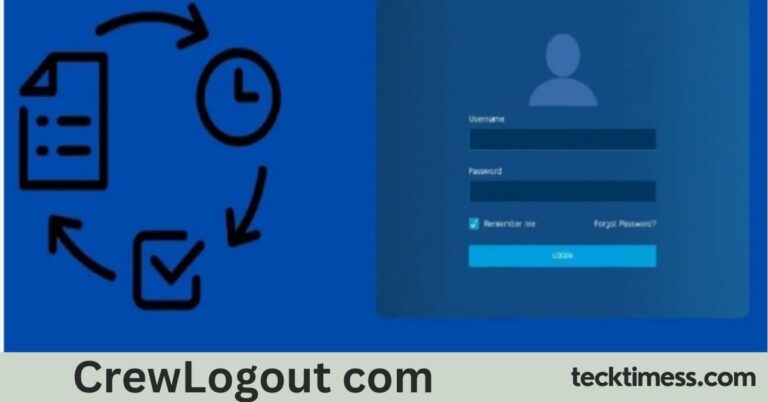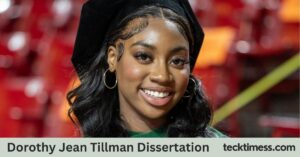In many stories, we encounter the timeless theme of a hero facing rejection and grappling with feelings of anger, isolation, and vengeance. “The Disowned Child: Chronicles of Unleashed Divine Bloodlust” takes this concept to a new level, blending divine elements, intense emotion, and thrilling battles. In this gripping tale, a once-favored child becomes an outcast, and their journey is shaped by divine forces, incredible power, and the dangerous dance between revenge and redemption. But what truly sets this story apart from others in its genre? This article will explore the key elements of this captivating narrative while offering fresh insights into its deeper themes.
We will break down the story’s compelling characters, plot twists, and the central conflict that drives the protagonist forward. Along the way, we’ll examine the broader themes of divine intervention, bloodlust, identity, and forgiveness that resonate through the tale. Finally, we’ll address frequently asked questions and provide a clear understanding of what makes this story a must-read for fans of fantasy and drama.
What is The Disowned Child: Chronicles of Unleashed Divine Bloodlust?
“The Disowned Child: Chronicles of Unleashed Divine Bloodlust” is a fantasy story that revolves around the main character, a young individual cast out by their family and society. The child, once adored and seen as destined for greatness, is suddenly abandoned due to the manifestation of dangerous divine powers within them. These powers come with a price—an uncontrollable bloodlust that threatens to consume them and those around them.
The tale follows the protagonist’s journey as they attempt to control their divine bloodlust and seek answers about their origins. Along the way, they face enemies, both human and divine, and are forced to choose between embracing their anger or finding a path to redemption. It’s a story filled with intense action, moral struggles, and powerful emotional themes.
Plot Overview of The Disowned Child: Chronicles of Unleashed Divine Bloodlust
The story begins with the protagonist, once a beloved child of a noble family. They are trained in the arts of battle and diplomacy, destined to lead their people into a golden age. However, this bright future is shattered when they begin to exhibit divine powers—powers that are destructive and uncontrollable. In a fit of divine rage, the protagonist unintentionally destroys their village, earning the hatred and fear of those around them.
Their family disowns them, casting them into exile. Alone and rejected, the protagonist is haunted by their actions and the realization that their powers are linked to an ancient divine entity—a being of unimaginable power and wrath. This entity, sensing the protagonist’s anger and pain, begins to influence them, pushing them toward revenge.
The Role of the Divine Entity
A critical element in the story is the divine entity that resides within the protagonist. This being is not just a source of power but also a representation of their inner struggle. The divine entity whispers to them, feeding their desire for vengeance and bloodshed. However, this power comes at a cost—every time the protagonist gives in to their bloodlust, they lose a piece of their humanity.
The divine entity serves as both a blessing and a curse. It grants the protagonist unimaginable strength, but it also makes them a target for other divine beings and human enemies alike. The protagonist must learn to balance this power, control the bloodlust, and decide whether they will use it for revenge or to protect those they once loved.
Themes of Revenge and Redemption
At the heart of The Disowned Child: Chronicles of Unleashed Divine Bloodlust lies the conflict between revenge and redemption. The protagonist is constantly torn between their anger at those who rejected them and their desire to atone for the destruction they caused. This internal battle is reflected in the physical battles they face throughout the story.
The Pull of Revenge
Revenge is a powerful motivator in the protagonist’s journey. They feel betrayed by their family, their village, and the world that once celebrated them. The divine entity inside them thrives on this anger, encouraging the protagonist to unleash their full potential and destroy those who wronged them. In many ways, the protagonist’s struggle mirrors the mythological stories of gods and heroes who fall from grace and seek vengeance.
However, as the protagonist moves closer to achieving their revenge, they begin to realize the toll it takes on their soul. The more they give in to their divine bloodlust, the more they lose their sense of self. The protagonist must ultimately decide whether revenge is worth the cost or if they should seek a different path.
The Hope of Redemption
Redemption is the other key theme of the story. The protagonist is not inherently evil; they are simply lost, confused, and consumed by their emotions. Throughout the narrative, they encounter individuals who believe in their ability to change. These characters offer guidance and support, helping the protagonist realize that they are not defined by their past actions.
The path to redemption is not easy. The protagonist must confront their mistakes and seek forgiveness from those they harmed. In doing so, they begin to understand that true strength comes not from divine power but from the ability to control it and use it for good.
Characters in The Disowned Child: Chronicles of Unleashed Divine Bloodlust
The Protagonist: The Disowned Child
The protagonist is a complex character who evolves throughout the story. They start as an innocent child with dreams of greatness but are thrust into a world of chaos and violence due to their divine powers. Their journey is one of self-discovery as they learn to control their abilities and decide what kind of person they want to become.
The Divine Entity
The divine entity is a mysterious and ancient being that represents the darker side of the protagonist’s power. It is both a mentor and a tormentor, constantly urging the protagonist to embrace their bloodlust. However, the entity also serves as a mirror to the protagonist’s inner turmoil, reflecting their deepest fears and desires.
Allies and Enemies
Throughout the story, the protagonist encounters a variety of characters who either support or oppose them. Some characters are fellow outcasts who understand the protagonist’s struggle, while others are divine beings or warriors tasked with stopping them. Each of these characters plays a role in shaping the protagonist’s journey, forcing them to confront their own choices and the consequences of their actions.
Unique Interpretations and Insights
The Power of Choice
One of the central messages of The Disowned Child: Chronicles of Unleashed Divine Bloodlust is the power of choice. Despite the protagonist’s divine bloodlust and the influence of the divine entity, they are still in control of their destiny. The story emphasizes that while power can corrupt, it is ultimately the individual’s choices that define who they are. This theme is especially relevant to modern readers, who may feel overwhelmed by outside influences and societal pressures but still have the power to shape their own lives.
The Duality of Divine Power
Another unique aspect of the story is its exploration of the duality of divine power. While many fantasy stories depict divine beings as purely good or evil, The Disowned Child: Chronicles of Unleashed Divine Bloodlust presents a more nuanced view. The divine entity within the protagonist is neither fully malevolent nor benevolent—it is simply a force of nature, much like the protagonist’s own emotions. This adds depth to the story and challenges readers to think about the nature of power and control.
Frequently Asked Questions (FAQs)
What is the main message of The Disowned Child: Chronicles of Unleashed Divine Bloodlust?
The main message of the story is that individuals have the power to choose their own path, even when faced with overwhelming forces such as divine power and bloodlust. It emphasizes the importance of self-control, forgiveness, and redemption.
Is the protagonist a villain or a hero?
The protagonist is neither a clear hero nor a villain. They are a complex character who struggles with their emotions and divine power. The story explores their journey toward self-discovery and redemption, making them a morally ambiguous figure.
What role does the divine entity play in the story?
The divine entity serves as both a source of power and a symbol of the protagonist’s inner turmoil. It represents their bloodlust and desire for revenge but also challenges them to control their abilities and find a balance between anger and forgiveness.
How does the story balance action and emotional depth?
The story is filled with intense action sequences, but it also delves deeply into the emotional and psychological struggles of the protagonist. This balance creates a gripping narrative that appeals to both fans of fantasy action and readers who enjoy character-driven stories.
What makes The Disowned Child: Chronicles of Unleashed Divine Bloodlust unique?
The story stands out due to its exploration of divine power, bloodlust, and the moral dilemmas faced by the protagonist. Its themes of revenge, redemption, and the power of choice make it more than just a typical fantasy story—it’s a profound exploration of human emotions and divine influence.
Conclusion
“The Disowned Child: Chronicles of Unleashed Divine Bloodlust” is a story that captivates readers with its thrilling action, complex characters, and deep emotional themes. The tale of a disowned hero struggling to control divine bloodlust offers a powerful reflection on the choices we make, the power we wield, and the path we choose between revenge and redemption. It’s more than just a fantasy adventure—it’s a thought-provoking exploration of the human condition. For readers who enjoy stories with emotional depth, divine conflict, and intense battles, this is a must-read that will leave a lasting impression.





